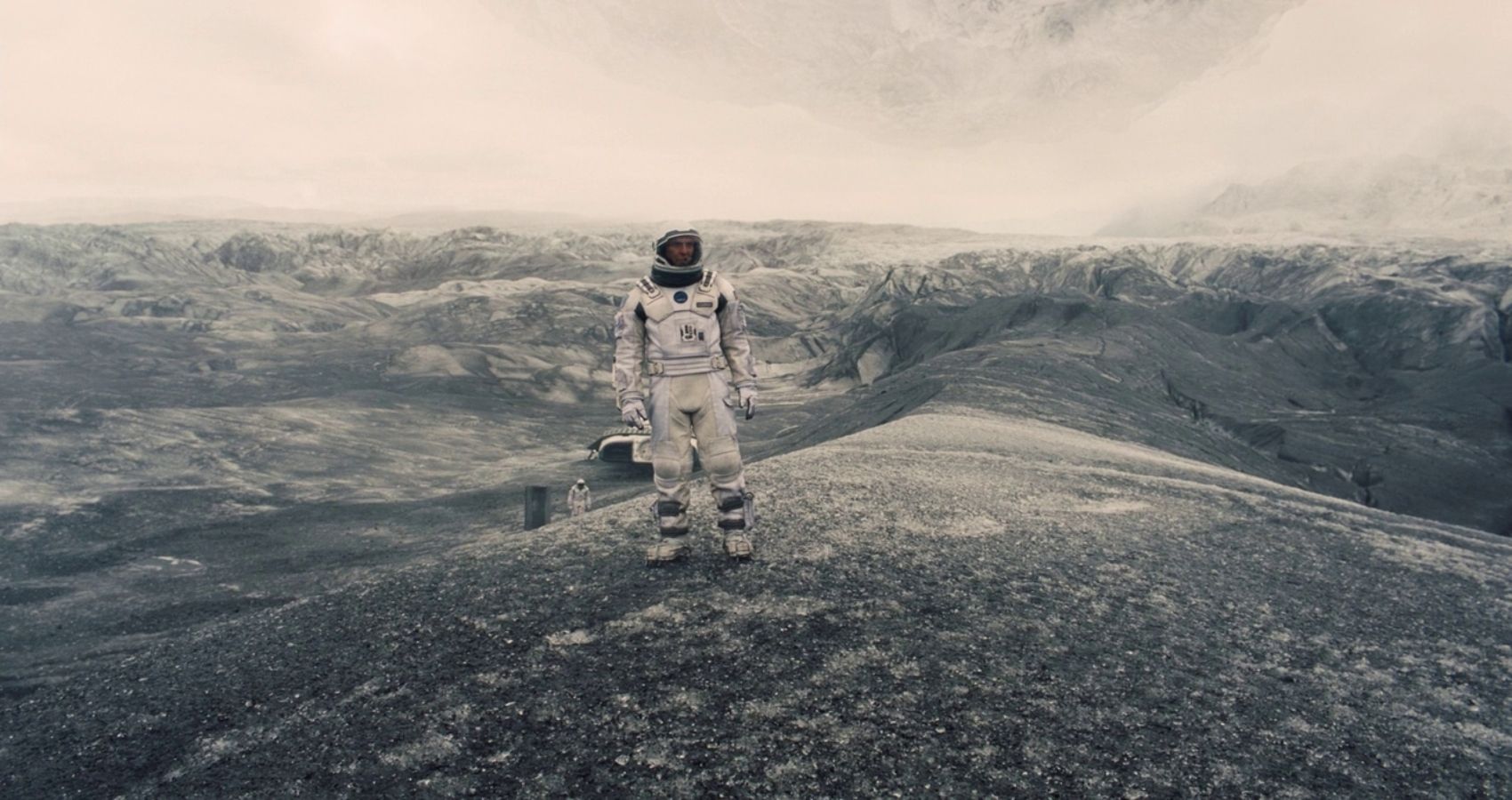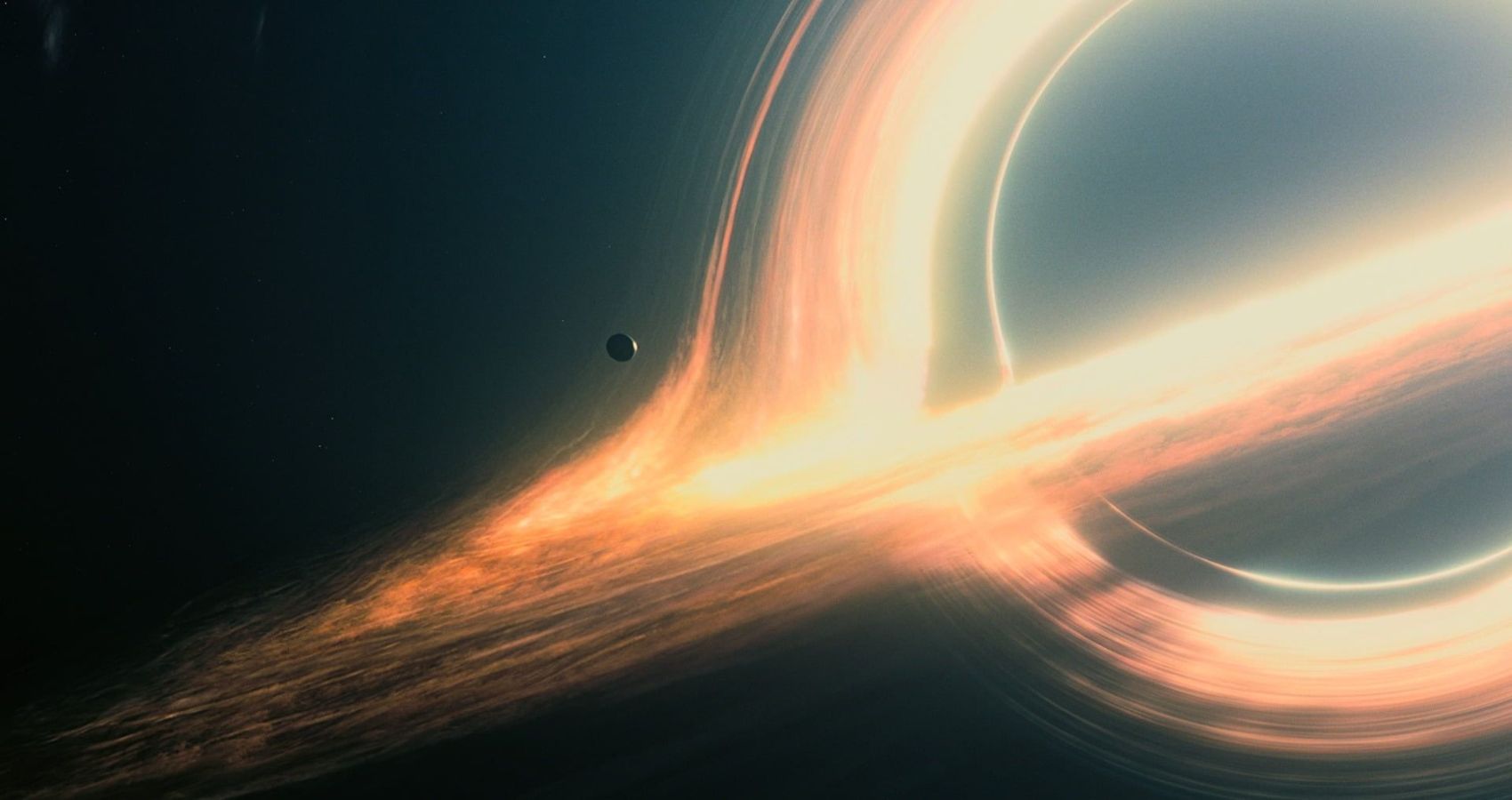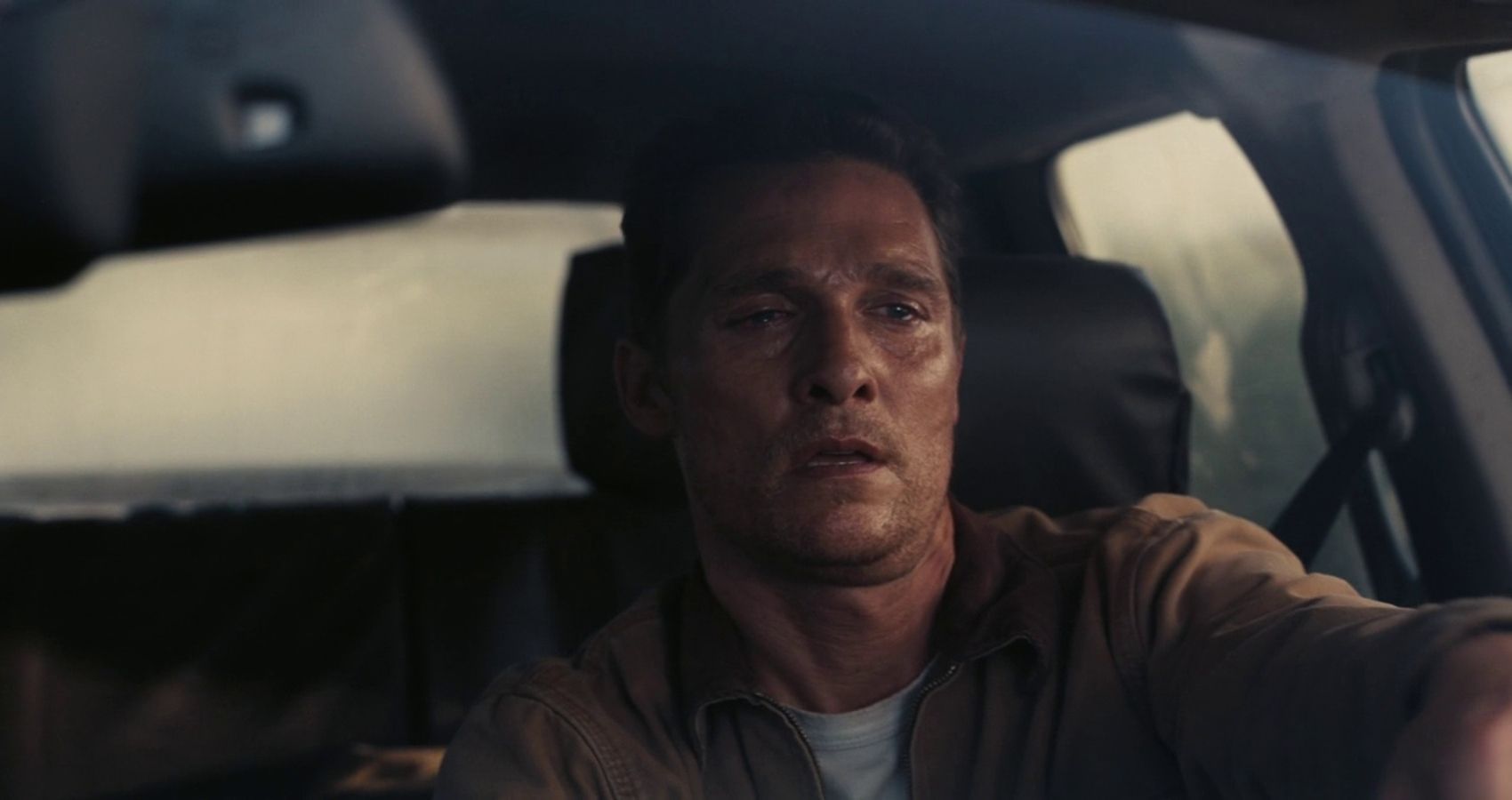Just a little over eight years ago, Interstellar (2014), starring Matthew McConaughey, Anne Hathaway, and Jessica Chastain; and arguably director Christoper Nolan's Magnum Opus, hit theaters and screens everywhere. On an Earth where blight, dust storms, and more have destroyed crop yields and food supplies, the world is no longer sustainable for humans to live. Four astronauts are then sent through wormholes in outer space in order to find a new, habitable home for the human race to live. Thought provoking, heartwarming, and optimistic, Interstellar was an absolute smash hit, both critically and at the box office.
One of the reasons Interstellar is so beloved is because of its scientific accuracy. The idea of time dilation due to gravity on the behemoth planet, wormholes, and even the black hole shown was ahead of its time. Immense research was put into the science behind Interstellar, and is one of the biggest payoffs for the whole film. But that amount of research takes an obscene amount of time to figure out, master, and render all for a Hollywood movie. With that, here's how Interstellar became one of the most scientifically accurate sci-fi movies ever made.
Actual Scientists Were Consulted
Early in the process for Interstellar, Nolan and crew brought in theoretical physicist Kip Thorne to help with the science of the black holes and wormholes. Thorne then worked on equations that would allow the tracing and bend of light rays around both black holes and wormholes, along with Albert Einstein's General Theory of Relativity, to create it. Then, using Thorne's equations, a team of thirty CGI workers created and rendered a new CGI software that would allow them to capture the gravitational lensing of the black hole; which took over 800 terabytes of data to store all the edited scenes. It was all worth it though, as one when the first images of a black hole were revealed in 2019, it nearly matched what Nolan and company came up with for Interstellar. The space habitats the original astronauts had in the film were inspired by a theory from physicist Gerard O'Neill. Other scientists, such as Neil Degrasse Tyson and Michio Kaku praised Interstellar after its release, for its scientific accuracy.
Immense Research by the Crew
In order to craft the most accurate story possible, Christoper Nolan and his crew did an immense amount of research before production. Many IMAX NASA documentaries that detailed space-faring missions were watched in order to capture the look, feel, and accuracy of a space mission; which were then emulated, recreated, and researched in the prop design for the spaceships. Nolan even brought in former astronaut Marsha Irvins to the set as an inspiration/consultant. He then also took inspiration, along with research, from architecture done by famous architect Ludwig Mies van der Rohe. The script was written by Christopher's brother, Jonathan Nolan. Nolan worked for over four years to develop the script. He studied relativity at the California Institute of Technology. He also took inspiration from many different science fiction films across all eras (such as the crew did before production) in order to capture the themes he was going for in the screenplay.
Thorne's Rules on Set
Before Thorne began his work, he laid down two rules for the science: there wouldn't be anything that violated any physical laws of science, and that all the speculation and ideas they came up with would come from the science that Thorne came up with, rather than the wild imagination of a screenwriter. These two rules allowed for any and all ideas that Nolan and crew came up with to fit in line with the rest of the scientific accuracy for the film. The ice clouds on many of the planets they visited were cleared. Traveling back through time through a black hole was also cleared, as Degrasse Tyson later clarified after he watched the film. There was actually one idea Nolan had, where a character would've traveled faster than the speed of light, that Kip Thorne took two weeks to talk him out of. And it was all for the best, as Interstellar became lauded as one of the best science fiction films ever made, and Nolan's masterpiece.
With the help, consultation, and two overarching guidelines (governing the scientific accuracy of the film), of theoretical physicist Kip Moore, years of immense planning and researching from watching many documentaries, and bringing in an astronaut (including going to school for relativity), Christopher and Jonathan Nolan were able to put together one of the most astonishingly accurate science fiction films ever made. Banking over $700 million USD at the box office, receiving five Academy Award nominations (and winning for Best Special Effects), Interstellar has become one of just a few movies to immediately cement itself as an all-time classic, both for its story, and the accuracy that was put in for the science of it all.




